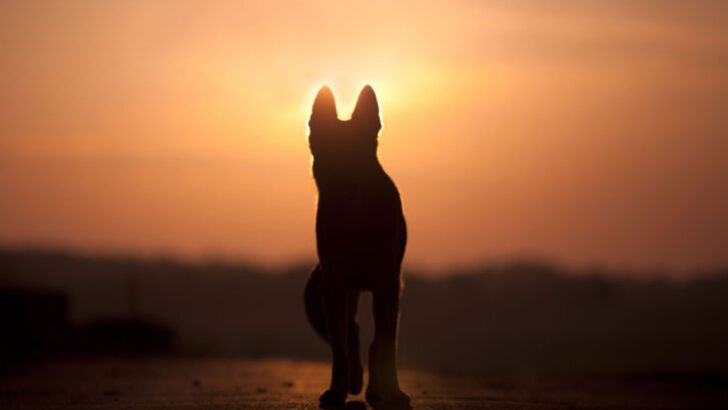Losing a dog is heartbreaking, but when it happens at home, the grief comes with an unexpected wave of questions. What do you do next? Who do you call? How do you handle the overwhelming emotions while making necessary decisions?
No one wants to think about this moment, yet being prepared can make all the difference. From legal considerations to personal farewells, there are steps that can help you navigate this painful time with love and respect.
Your dog was more than a pet—they were family. Saying goodbye is never easy, but knowing what to expect can bring a small sense of peace in the midst of loss. Let’s go through what you need to know, so when the time comes, you can focus on honoring your beloved companion.
Immediate Emotional Support
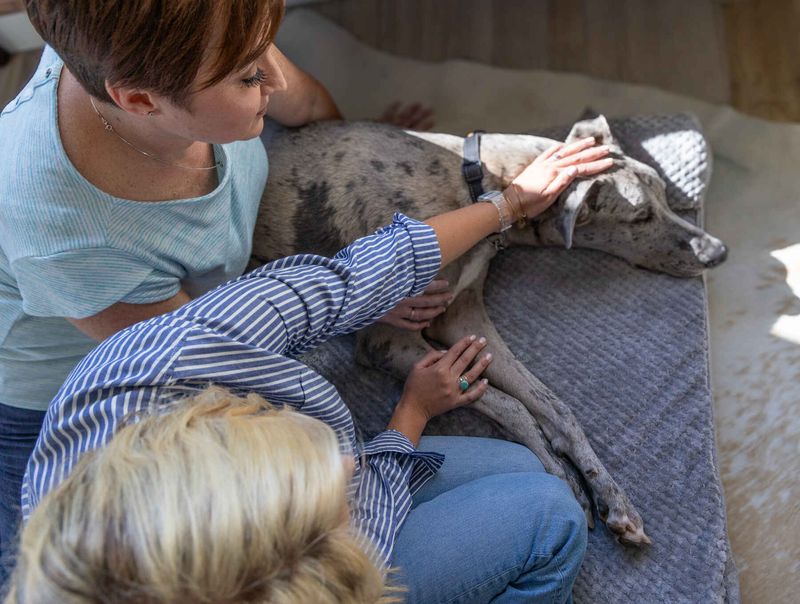
When your dog passes away at home, it’s crucial to seek immediate emotional support. Reach out to a friend or family member who understands the bond you shared with your pet. Talking about your feelings can help process the initial shock.
Remember, it’s okay to grieve in your own way, whether it’s through tears, silence, or sharing stories. Allow yourself the space to express these emotions, as bottling them up can hinder healing. Seek understanding ears willing to listen without judgment. This support system can provide comfort and remind you that you are not alone.
Confirming the Passing
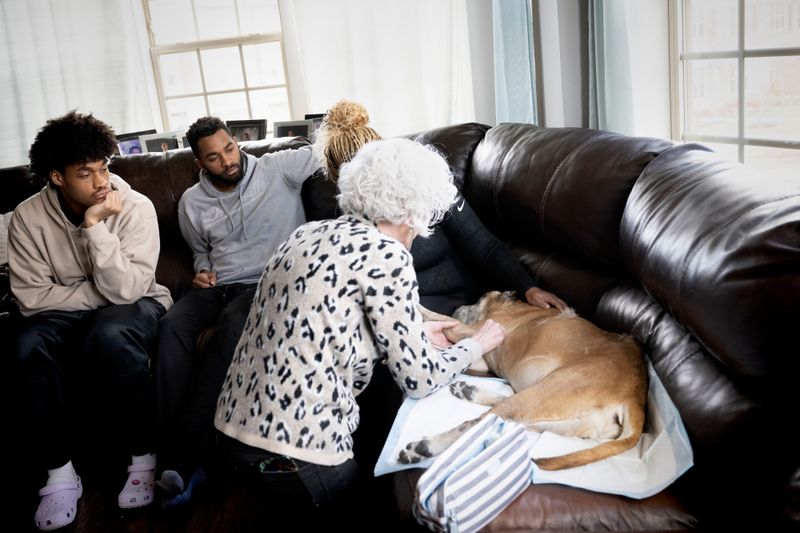
Confirming your dog’s passing is essential before taking further steps. Gently check for any signs of life, such as breathing or heartbeat, by placing your hand on their chest.
In some cases, consulting a vet over the phone can provide guidance on what to look for. Be gentle and respectful in this process, as it can be emotionally challenging. Understanding this step ensures certainty, which is necessary for closure. It’s a sensitive act that needs calm and compassion, recognizing the finality of a beloved companion’s journey.
Handling Remains Respectfully
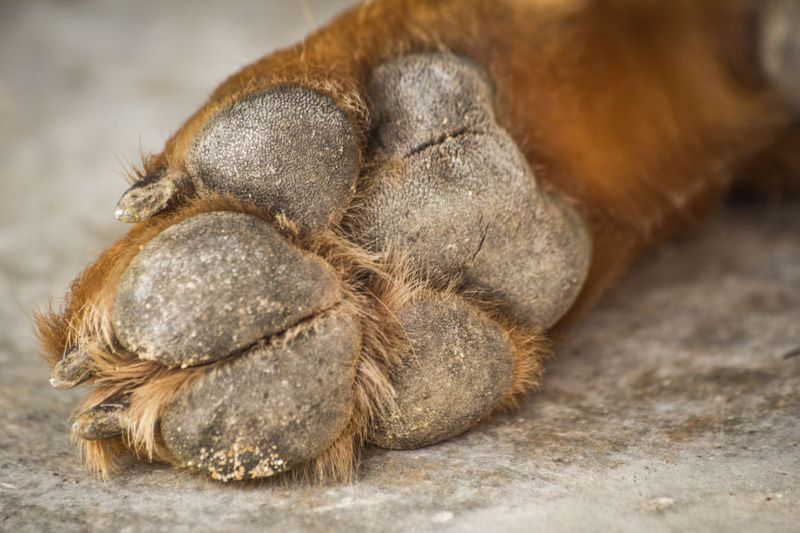
After confirming the passing, handle your dog’s remains with care and respect. Wrap them in a soft blanket or towel, creating a peaceful environment.
This can be a moment of farewell, allowing family members to say their goodbyes. Consider lighting a candle or placing flowers nearby as a tribute. It’s a delicate process that honors the life and love shared. Handling your pet’s remains respectfully can offer a sense of peace amidst the sadness, acknowledging their profound impact on your life.
Contacting a Veterinarian
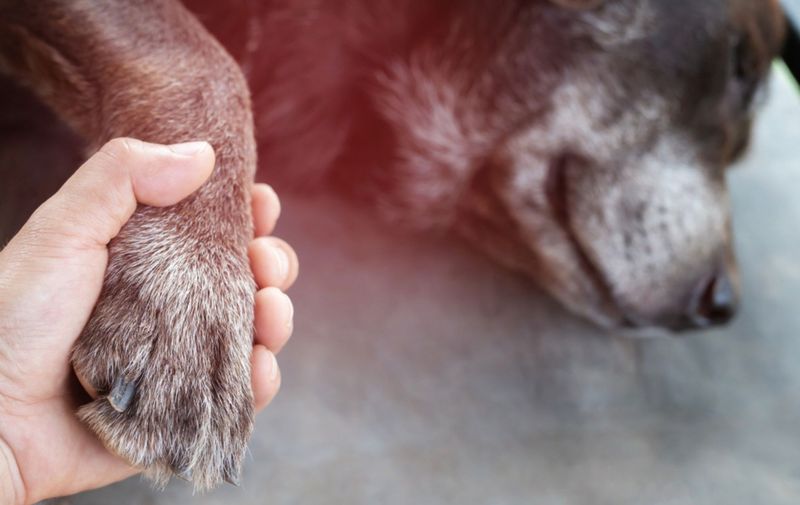
Contact a veterinarian to discuss the next steps after your dog’s passing. They can offer professional advice on handling remains and potential memorial options.
Veterinarians often have connections with pet crematoriums or can arrange for your dog to be taken into their care. This ensures that the process is handled professionally and sensitively. Don’t hesitate to ask questions regarding costs and procedures, as understanding these can alleviate anxiety. A vet’s guidance can provide clarity and assistance during this emotionally trying time.
Deciding on Aftercare Options
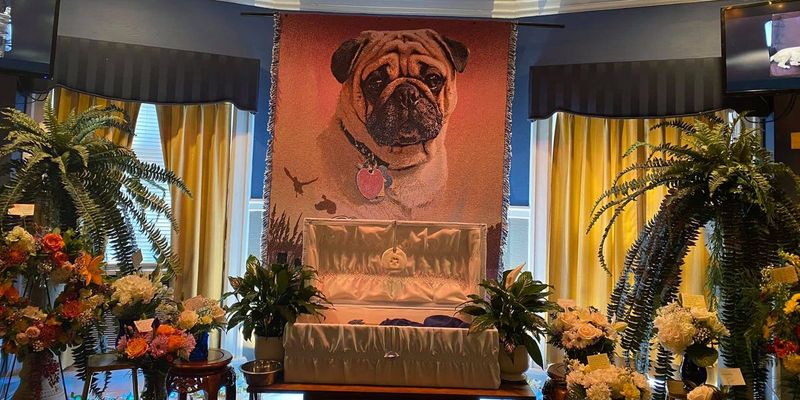
Deciding on aftercare options is a personal choice. Consider whether you want burial, cremation, or other forms of memorialization for your dog.
Discuss these options with family members to reach a consensus that feels right. Research local pet cemeteries or crematoriums that offer services aligned with your wishes. Understanding the benefits and procedures of each option can help in making an informed decision. This step honors your pet’s memory in a way that resonates with your personal beliefs and provides a sense of closure.
Understanding Legal Requirements
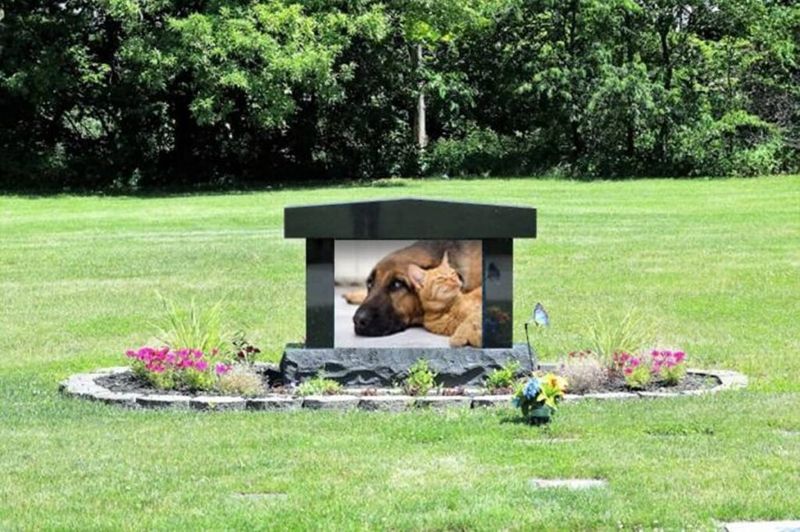
Familiarize yourself with any legal requirements related to pet burial or cremation in your area. Some localities have specific regulations governing how pets can be interred.
Review these rules to ensure compliance and avoid any potential legal issues. Consulting with your vet or local animal services can provide clarity on these regulations. Understanding these legalities can prevent future complications and ensure that your pet’s aftercare is handled appropriately. It’s an important consideration that respects both your pet’s legacy and local laws.
Communicating with Family

When your dog passes away, it’s essential to communicate openly with family members. Share the news sensitively, especially with children who may need extra support and explanation.
Encourage family members to express their feelings and share memories, fostering a supportive environment. Grieving as a family can strengthen bonds and offer collective healing. It’s a time to come together, honoring your pet’s role in the family and supporting each other through the emotional journey.
Preparing for Burial or Cremation

If you choose burial or cremation, prepare accordingly. For burial, select a suitable location, keeping in mind any legal restrictions. Preparing a small casket or box with personal items can be a touching tribute.
For cremation, make arrangements with a pet crematorium, understanding the process and options available for ashes. This preparation allows you to honor your dog’s memory in a way that feels meaningful. It’s a process that requires thoughtfulness and respect, ensuring a dignified farewell for your beloved pet.
Dealing with Grief
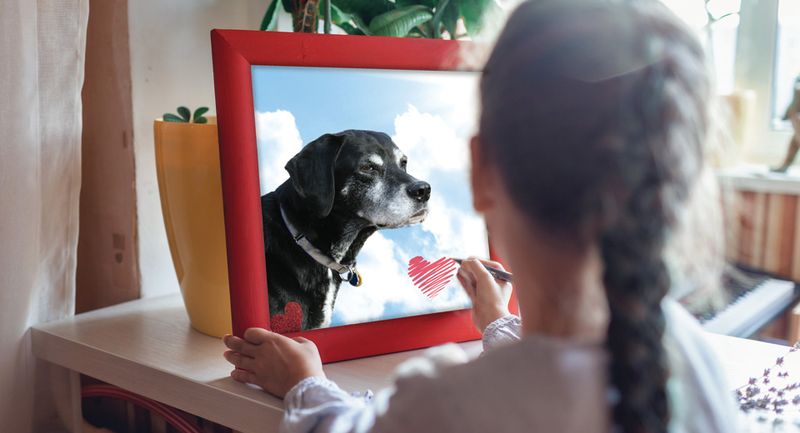
Grieving the loss of a dog can be an intense and personal experience. Allow yourself to feel the emotions, whether it’s sadness, anger, or guilt. Journaling or creating art can be therapeutic outlets for these feelings.
Consider professional support if needed, such as counseling or pet loss support groups. These resources can offer coping strategies and a sense of community. Remember, grief is a journey, not a destination, and taking small steps towards healing at your own pace is essential.
Explaining to Children
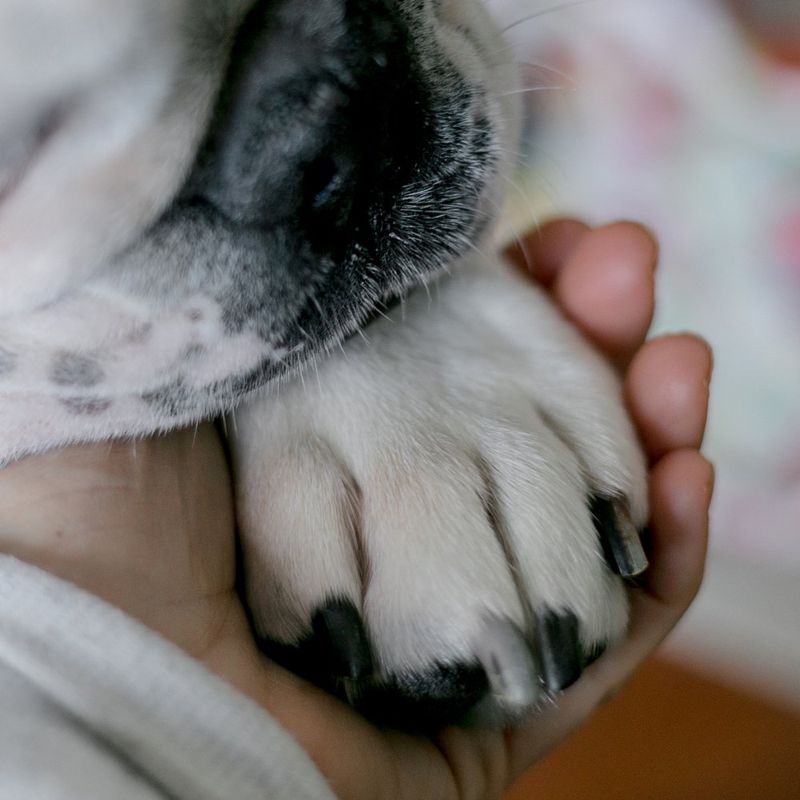
Explaining a pet’s passing to children requires sensitivity and honesty. Use age-appropriate language and be ready to answer questions they might have.
Encourage them to express their feelings and reassure them that it’s okay to be sad. Creating a memory box with photos or drawings can help them process the loss. This explanation helps children understand and cope with the changing family dynamic, fostering emotional growth and resilience.
Honoring Their Memory

Honoring your dog’s memory can be a comforting way to celebrate their life. Create a small memorial in your garden or home with photos, toys, or a personalized plaque.
Planting a tree or flowers in their name can be a living tribute that symbolizes growth and renewal. These acts of remembrance keep their spirit alive, providing a lasting connection. It’s a way to cherish the joyous moments shared, ensuring their place in your heart forever.
Seeking Pet Loss Support Groups
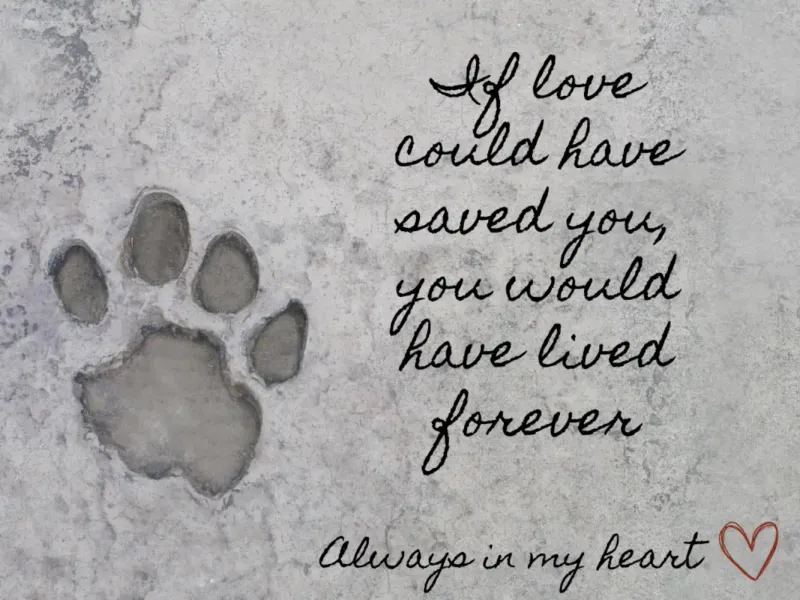
Connecting with others who have experienced pet loss can be incredibly healing. Pet loss support groups offer a safe space to share stories and emotions with those who understand.
Whether in-person or online, these communities provide empathy and encouragement. Hearing others’ experiences can offer unique perspectives and coping strategies. By joining such a group, you find companionship in shared grief, which can be a powerful step towards healing.
Keeping a Memory Journal

A memory journal dedicated to your dog can be a cherished keepsake. Write down favorite memories, quirks, and moments that made your bond special.
Including photos, poems, or anecdotes creates a narrative that celebrates their life. This journal becomes a personal tribute, capturing the essence of your relationship. Reflecting on these memories over time can bring comfort and joy, reminding you of the love that continues to endure.
Reaching Out to Friends
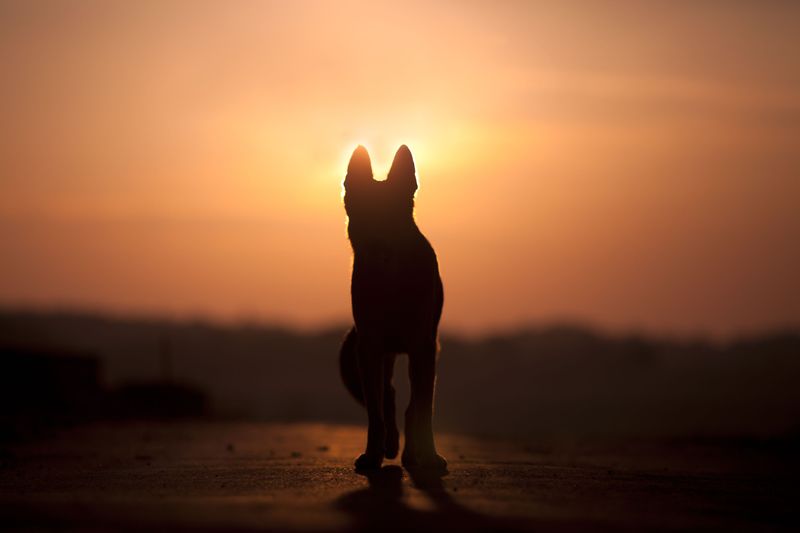
Friends can be a valuable source of support after losing a dog. Reach out to those who knew your pet and share memories together.
Organize a small gathering or virtual meet-up where stories and laughter can flow, celebrating the joy your pet brought into your lives. This connection with friends fosters healing and reminds you that your pet’s impact extends beyond your immediate family. It’s a testament to the connections forged through shared love for your furry friend.
Planning a Commemorative Event

Host a commemorative event to celebrate your dog’s life. Invite family and friends to share stories, light candles, or release balloons in their honor.
Choose a location that was special to your dog, creating an atmosphere of warmth and remembrance. This event can be a powerful way to say goodbye and cherish the impact your pet had on everyone’s life. It’s a collective act of love and farewell, embracing community support and healing.
Reflecting on the Bond
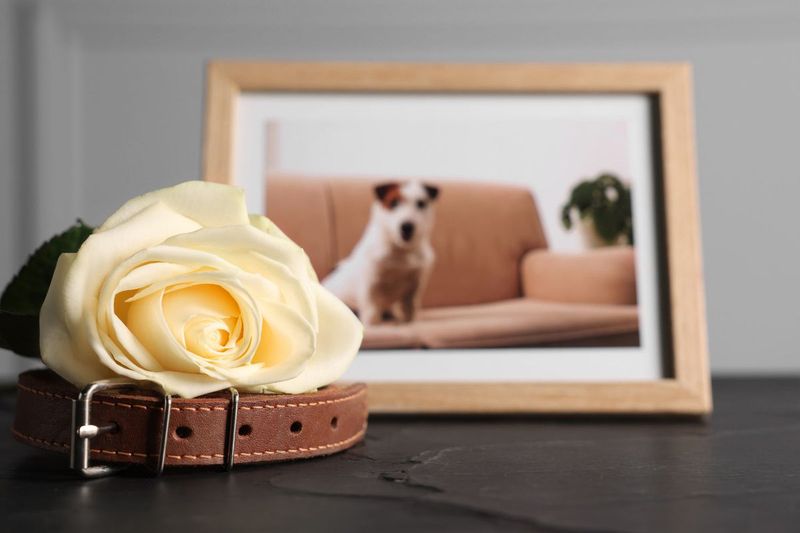
Take time to reflect on the bond you shared with your dog. Consider the lessons they taught and the joy they brought into your life.
This reflection can be a source of comfort, acknowledging the uniqueness of your relationship. Embrace the love that continues to thrive, allowing it to inspire future connections with other pets. It’s a process of honoring the past while looking forward to new beginnings, embracing the enduring legacy of your beloved companion.

